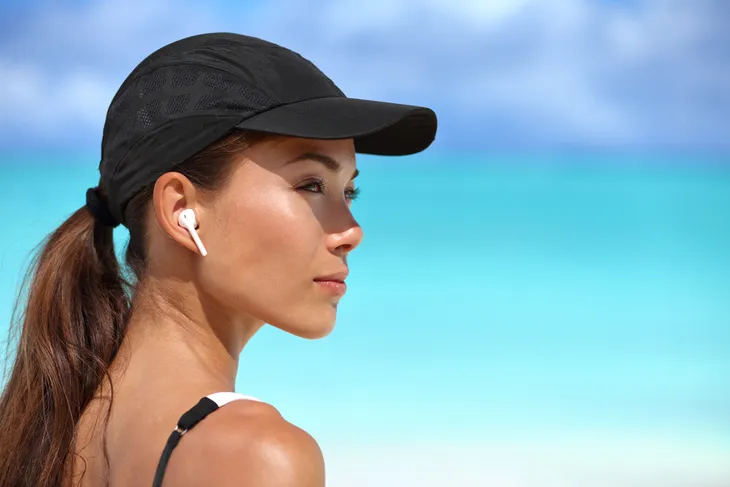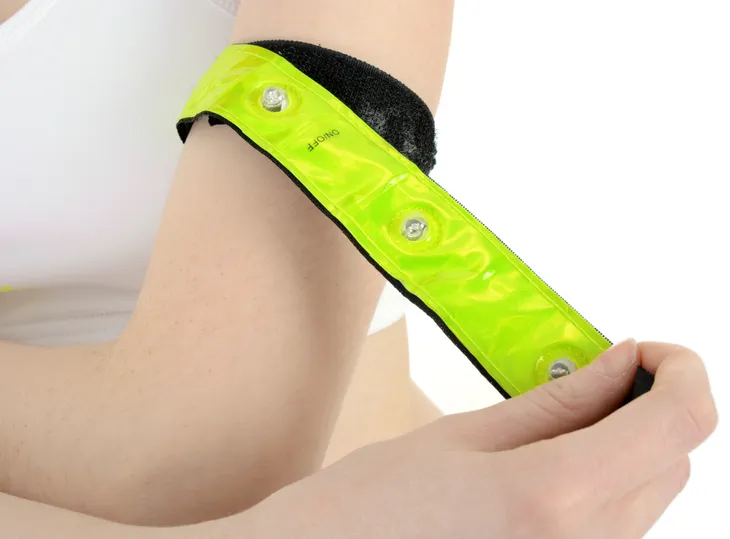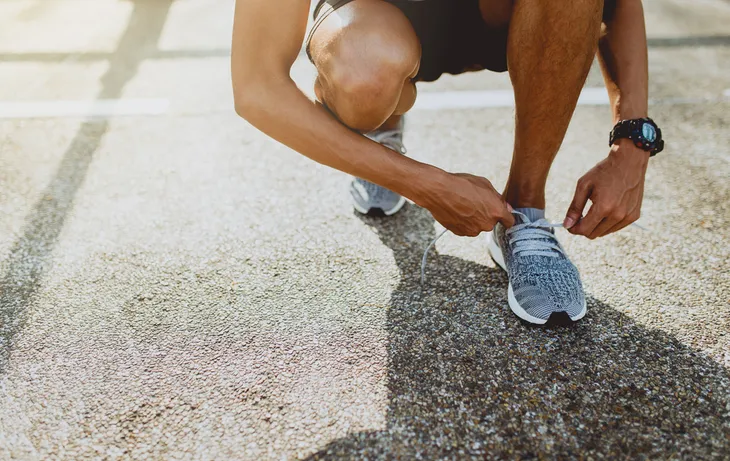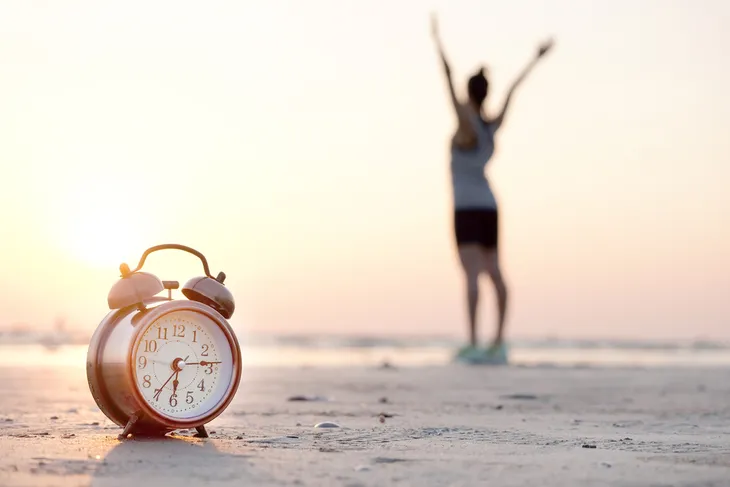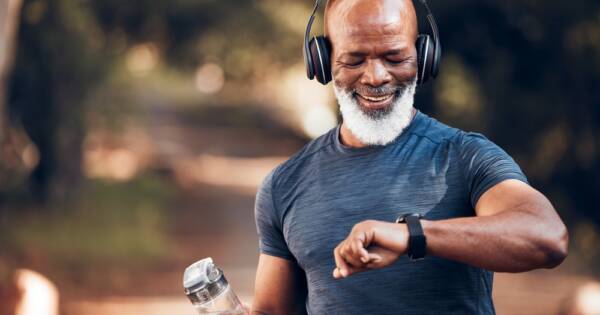As summer sets in, the days are longer, warm, and more humid, which means, if you’re a runner, you may seek to run in the early morning or evening hours when the sun is lower and the temperature cooler. Summer running dangers can come in various forms—fall injuries, dehydration, heat exhaustion, road accidents, or violent attacks by a person or animal.
With these in mind, here are eight essential summer safety tips for hikers, runners, and outdoor recreationalists to keep in mind…
1. Dress For Weather
You may have donned loose layers for fall or spring running. However, summer brings a whole new set of clothing needs. Think of clothing, a hat with a visor, and UV-rated sunglasses that protect your skin from harmful UV rays and sun damage (also wear sunscreen) while not bogging yourself down. A lightweight, light colored running shirt and shorts made from wicking fabrics that draw perspiration away from the skin will keep you from overheating.
2. Gear Up for Safety
Sure, comfort is vital, but gearing up for safety reasons is equally important. For instance, if you run at night or even in the day, wearing bright colored clothing with reflective patches, and/or armbands will ensure you’re visible to drivers and cyclists.
3. Temperature Acclimatization
Acclimatization should be an important part of taking your running workouts from cool, wet spring to the hot and humid days or evenings of summer. Considering the humidity, dry air, or increased pollution that can cause respiratory issues in summer, you should give your body a few weeks to a month to totally adjust to running in warmer temperatures so it can effectively cool. This means, take it easy for a few weeks, slow down your pace, and consider the new effort it takes to exert yourself according to the season.
4. Light Your Way
In addition to a sturdy pair of sneakers, lightweight running shorts, sunscreen, and reflective armbands, if you run after sundown wear a small attachable flashlight (i.e., a headlight) or blinking lights so that others can see you and so you can keep a visual on your surroundings for cars, cyclists, stray dogs, approaching strangers, uneven paths, or wild animals.
5. Switch Run Times
If the heat is getting to you in the mid-afternoons, there is no harm in switching up your run times. For instance, running early morning or later afternoon into the evenings usually promise cooler temperatures with less humidity. It may also mean there will be less traffic on the roads and cyclists on paths.
6. Change Up Terrain
Running mid-afternoon when the sun is high can be hot enough, add the heat and humidity emanating off an asphalt road or concrete sidewalk and the temperature can be unbearable. If the hard terrain is too blistering, switch your running route to shaded trails with fewer hills or take it indoor to a climate cooled treadmill or indoor track.
7. Remain Aware
I love to workout to music as much as the next person, but for safety sakes, when running outdoors I choose to un-bud and unplug in order to remain aware of my surroundings. Load nose drowns the senses to potential dangers and also threats—such as approaching cars, pedestrians, dogs on leashes, stray or wild animals, cracks in the road, uneven terrain, and stranger danger. If you have to run accompanied by music, at least take the volume down a few notches.
8. Hydrate, Hydrate, Hydrate
Hydration is just too important to not stress three times over. Runners risk dehydration and heat exhaustion, particularly in summer temperatures, which can cause cramps, dangerously low electrolyte sodium levels (or Hypernatremia) that can cause you to feel lightheaded or completely lose consciousness. This means you should always bring a water bottle along on runs and drink when you feel thirsty.

